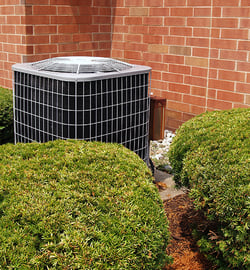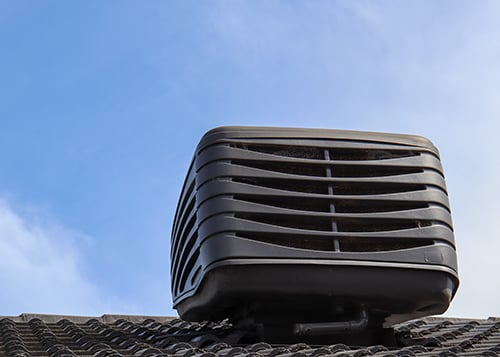
We rely on our air conditioners and heat pumps to keep us comfortable throughout the changing seasons. But our comfort comes with a price, and these home heating and cooling systems use 6% of the entire country's electricity each year! It’s imperative to monitor the environmental and economic effects that residential energy usage has in the U.S.—and that’s the reason we have SEER.
The Department of Energy (DOE) partners with the Air Conditioning, Heating, and Refrigeration Institute to issue the Seasonal Energy Efficiency Ratio scale (SEER) for residential air conditioners and heat pumps. A system’s SEER rating measures its energy efficiency each season by dividing a unit’s BTU (British thermal unit) output by its electrical wattage use.
Cooling/Heating Output + Energy Used = SEER Rating |
To sum it up, higher SEER ratings equal higher energy efficiency. And more energy efficiency means more savings for you!
The Department of Energy increased the minimum SEER requirements across all U.S. regions. The new SEER2 standards are used to measure the energy efficiency of residential air conditioners and heat pump condensers, including split systems such as ductless mini splits.
The minimum requirement for all U.S. regions has increased by one (1) number. The new minimum rating for air conditioning condensers in the northern region is 14 SEER. The new minimum rating for air conditioning condensers in the southeastern and southwestern regions is 15 SEER.
Heat pump condensers also increased to a minimum of 15 SEER across all regions. However, the existing 14 SEER units can be installed until stock is depleted. Package units remain at 14 SEER across all regions.
| Region | Previous A/C Condenser SEER | Minimum A/C Condenser SEER2 | Previous Heat Pump Condenser SEER | Heat Pump Condenser SEER2 | Package Units |
| North | 13 | 14 | 14 | 15 | 14 |
| Southeast and Southwest | 14 |
15 |
14 | 15 | 14 |
In 2023, the Department of Energy replaced SEER with the new SEER2 standard. SEER2 uses the same formula as the previous measurement scale; however, more external static pressure is now used for testing, which may result in slightly different scores. For instance, an A/C system that would have received a rating of 16 SEER under the old standards may only be rated as 15 SEER under the current standards.
 What Is a Good SEER Rating?
What Is a Good SEER Rating?When it comes to SEER ratings, higher is better. Usually, older heating and air systems have lower SEER ratings. For instance, a system that is 20 years old may have a rating between 8 to 11 SEER. Today, SEER2 ratings should be several points higher, depending on the unit and the region.
Eventually, all air conditioning condensers and heat pump condensers must align with the new SEER2 standards. You can wait until your unit malfunctions or breaks before repairing or replacing its components in agreement with the new SEER2 requirements. However, remember that energy efficiency is directly correlated with cost efficiency. While you will likely incur costs on the front end when you upgrade your condensers, a higher SEER2 rating can save you money in the long run.
Old Republic Home Protection is committed to providing plan holders with industry-leading home warranty service and will follow the new SEER2 requirements when repairing or replacing covered components for air conditioners and heat pumps.
There is no impact on our plan holders’ current coverage, nor will these changes affect the way we process service requests.
Terms and conditions apply. See your state plan for complete coverage and exclusion details.